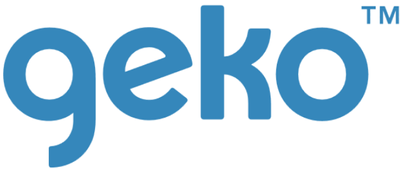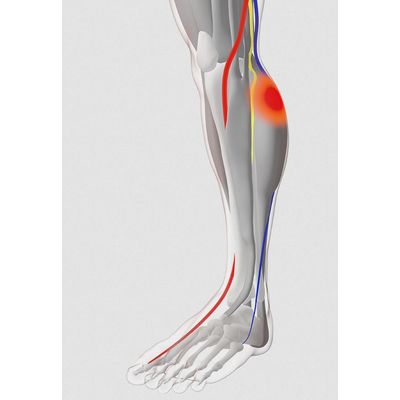

- Home
- Companies
- Firstkind Ltd
- Applications
- Neuromuscular Electrostimulation Device ...

Neuromuscular Electrostimulation Device for VTE Prevention – NICE Guidance- Hospital Applications - Medical / Health Care
Providing venous thromboembolism (VTE) prophylaxis to all at risk hospital patients. NICE guidance (MTG19) supports the geko™ device to reduce thromboembolism risk for patients when other mechanical and pharmacological methods of prophylaxis are impractical or contraindicated.
The NICE costing statement estimates a saving of £197* per patient when the geko™ device is used for a period of 6 days, when compared to no VTE prophylaxis and that under these circumstances use of the device will be cost saving until day 142.
The savings results from a reduction in the relative risk of DVT and the associated conditions of VTE such as post thrombotic syndrome as well as reduced length of hospital stay.
In high-risk patients when a combination of pharmacological and mechanical VTE prophylaxis is desirable but current mechanical prophylaxis is contraindicated or impractical, the geko™ device in combination with pharmacological prophylaxis will be cost neutral for up to 3 days compared to pharmacological prophylaxis alone2.
*In 2014 NICE estimated a cost saving of £197 up to 6 days of geko™ use. The current saving, using an updated version of the same cost consequence model, is now £337 per patient3.
Reducing VTE risk in acute stroke patients
Through an audit of clinical practice, Firstkind has partnered with a major NHS Trust to assess use of the geko™ device for VTE prophylaxis in the acute stroke pathway.
Current practice is based on the CLOT-3* study, which reports that 31% of acute stroke patients are contraindicated or become intolerant to IPC, and carry a 6.3% risk of developing a symptomatic DVT4 – which suggests a significant level of unmet need.
The audit revealed that 36% of patients were contraindicated or became intolerant to IPC. It was to this unmet need cohort that the trust evaluated use of the geko™ device.
The results show that the geko TM is as effective as IPC at reducing DVT. The geko™ was well tolerated and offered an alternative prophylaxis strategy to IPC, ensuring all patients received VTE prophylaxis, where previously no prophylaxis could be given4.
